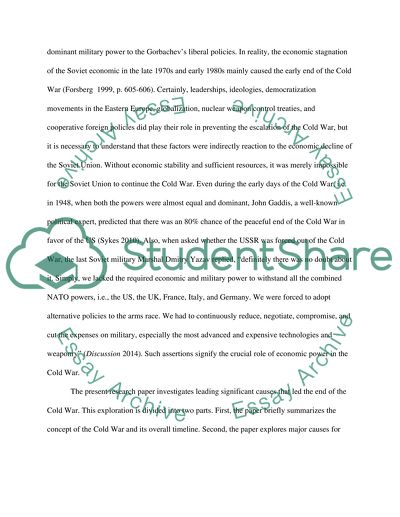Cite this document
(“Prominent causes for the ending of the cold war Assignment”, n.d.)
Prominent causes for the ending of the cold war Assignment. Retrieved from https://studentshare.org/social-science/1698484-prominent-causes-for-the-ending-of-the-cold-war
Prominent causes for the ending of the cold war Assignment. Retrieved from https://studentshare.org/social-science/1698484-prominent-causes-for-the-ending-of-the-cold-war
(Prominent Causes for the Ending of the Cold War Assignment)
Prominent Causes for the Ending of the Cold War Assignment. https://studentshare.org/social-science/1698484-prominent-causes-for-the-ending-of-the-cold-war.
Prominent Causes for the Ending of the Cold War Assignment. https://studentshare.org/social-science/1698484-prominent-causes-for-the-ending-of-the-cold-war.
“Prominent Causes for the Ending of the Cold War Assignment”, n.d. https://studentshare.org/social-science/1698484-prominent-causes-for-the-ending-of-the-cold-war.


